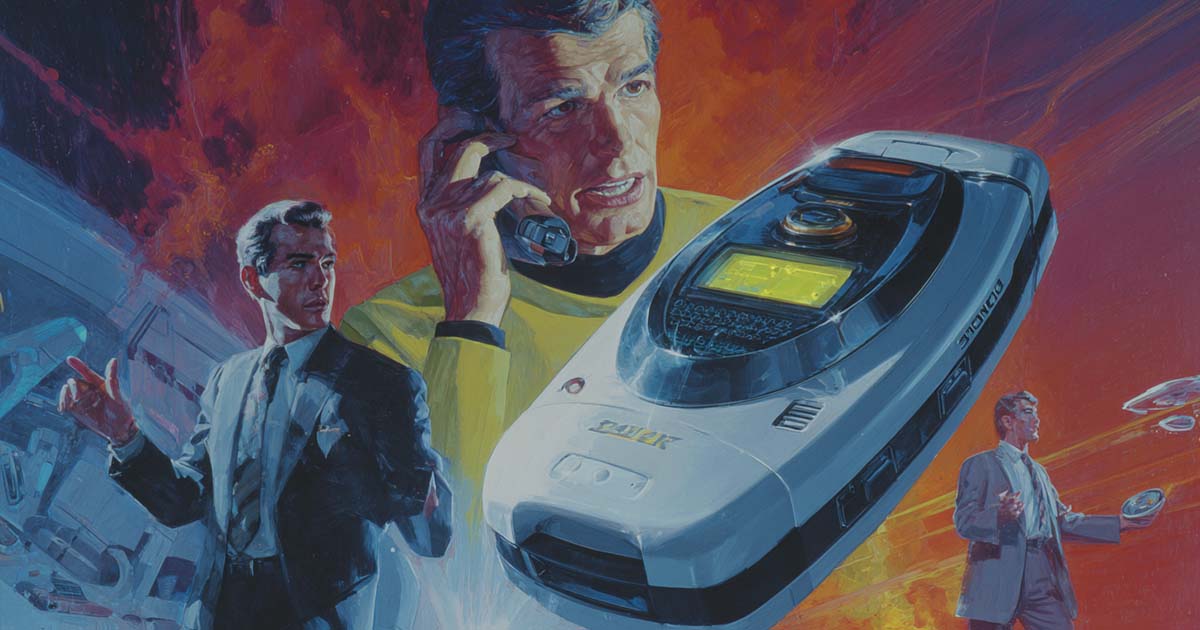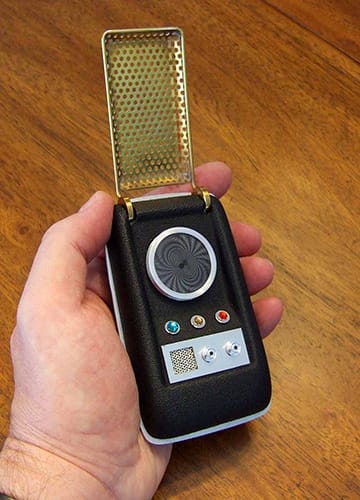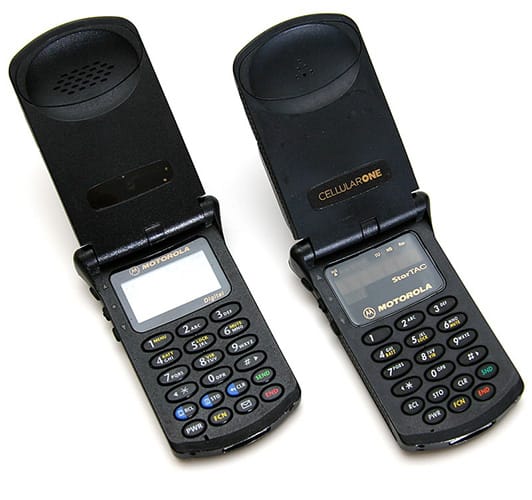Star Trek’s Influence on the First Flip Phone
A look at how the communicator on "Star Trek" inspired the design and cultural appeal of Motorola’s first flip phone, blending science fiction imagination with real-world engineering.

The Star Trek Communicator and the Flip Phone Dream
In 1966, viewers tuned in to "Star Trek" and saw Captain Kirk flip open a compact device to speak with his crew. The communicator was small, golden, and elegant in its simplicity.
To audiences, it was a glimpse of a future where mankind could connect instantly across vast distances. Few imagined that this simple gesture would one day echo in homes and offices across the world.
From Fiction to Engineering
For decades, stories circulated that Motorola engineer Martin Cooper designed the first mobile phone after watching the television series "Star Trek." Cooper himself later explained that his true influence was the Dick Tracy wrist radio.

Still, he admitted that the communicator story was irresistible and allowed it to spread because it captured the public imagination. What mattered most was not strict accuracy but the sense that science fiction had reached into the real world.
The truth is that both influences had an impact in different ways. Dick Tracy shaped Cooper’s childhood dream of personal communication. "Star Trek," meanwhile, gave the public a powerful image to connect with Motorola’s later flip phone design. Whether Cooper meant it or not, the visual similarity between communicator and flip phone was too strong to ignore.
The Arrival of the Flip Phone
In 1996, Motorola introduced the StarTAC, the first mass-market flip phone. Its folding design made it compact and portable, while the snap-open action thrilled users who had grown up on science fiction.

Millions of people soon adopted the habit once reserved for Captain Kirk, answering calls with a flick of the wrist. The gesture became part of daily life, blending practicality with a sense of futuristic style.
The StarTAC was more than a clever product. It set the standard for what mobile phones should look like at the dawn of the wireless era. People wanted a device that was personal, dramatic, and small enough to carry everywhere. The communicator provided the template, and Motorola delivered the reality.
The Legacy of a Gesture
This story reveals how imagination and invention continually inspire each other. Writers on "Star Trek" envisioned tools that might someday connect distant voices. Engineers at Motorola, in turn, transformed that vision into a product that reshaped communication across the globe. What began as television fantasy became a daily ritual for millions.
Science fiction has often played this role. Arthur C. Clarke showed tablets and video calls in "2001: A Space Odyssey." Ray Bradbury described earbuds and wall-sized televisions in "Fahrenheit 451." The communicator joined this tradition by presenting a possibility so vivid that it demanded fulfillment.
Flip phones have since given way to touch screens and sleek slabs of glass. Yet the memory of snapping a phone open still carries a spark of science fiction glamour. Each time Kirk called the Enterprise, he suggested a world where communication was immediate and straightforward. Thanks to Motorola, that vision lived for a generation and proved once again that science fiction often sets the stage for reality.
Sources
- Smithsonian Magazine – “From the Brick to the iPhone, the Cellphone Celebrates 50 Years”
- TIME – “Best Inventions of 2007”
- The Vintage News – “Inspired by Star Trek: Martin Cooper Invented the Mobile Phone”
- Good Times – “Cell Phone Inventor Martin Cooper”
- San Jose Inside – “Q&A: Why the Inventor of the Cellular Phone Says Don’t Ever Fall in Love with the Technology”
- FactTrek – “Did the Star Trek Communicator Inspire the Flip Phone?”

